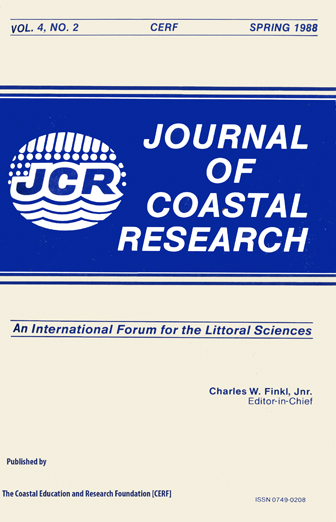Jamaica Bay Studies VIII: An Overview of Abiotic Factors Affecting Several Avian Groups
Keywords:
Coastal, tidal, temporal, Atlantic birds, gulls, ducks, shorebirdsAbstract
The distribution and abundance of several avian groups were studied at Jamaica Bay Wildlife Refuge (New York) from 31 May 1978 to 31 May 1979. The refuge contains a tidal bay and two impoundments. Avian groups considered were grebes (Podicepe auritus and Podilymbus podiceps), cormorants (Phalacrocorax spp.), egrets and an ibis (Egretta spp. Plegadis falcinellus), geese (Branta auritus), ducks (tribes: Cairinini, Anatini, Aythyini, Mergini, Oxyurini), shorebirds (suborders: Charadrii, Scolopaci), gulls (Larus spp.), terns (Sterna spp.) and skimmers (Rynchops niger). During the entire sample period ducks account for 35% of the birds, followed by gulls, shorebirds and geese. Geese and gulls primarily used the tidal bay, while the other species concentrated on the freshwater ponds. For all birds considered together, date, tide height, tidetime, and temperature contributed significantly to explaining the variability in the number of birds. Considering each group separately, between 16% (gulls) and 66% (terns) of the variability in numbers was explained by multiple regression models. In general date, tide, wind and temperature were the most important variables for the individual models. Seasonal patterns of use reflected breeding schedules and constraints on migration patterns. Egrets, ibises, terns, and skimmers were present during the breeding season. Other species groups used Jamaica Bay either as an overwintering or migration stop-over area. Only gulls were present throughout the year in abundance. Temperature and wind affected the local distribution as birds concentrated on the bay at very low temperatures (when the ponds were frozen) and on the ponds during high winds. Tidal factors affected every major avian group, although some individual species were not affected e.g., Canada goose). Most avian groups fed on tidal mudflats or shallow water areas in the bay during low tide (ducks, shorebirds, gulls) although grebes fed there during high tides and terns fed there during rising and high tides.


